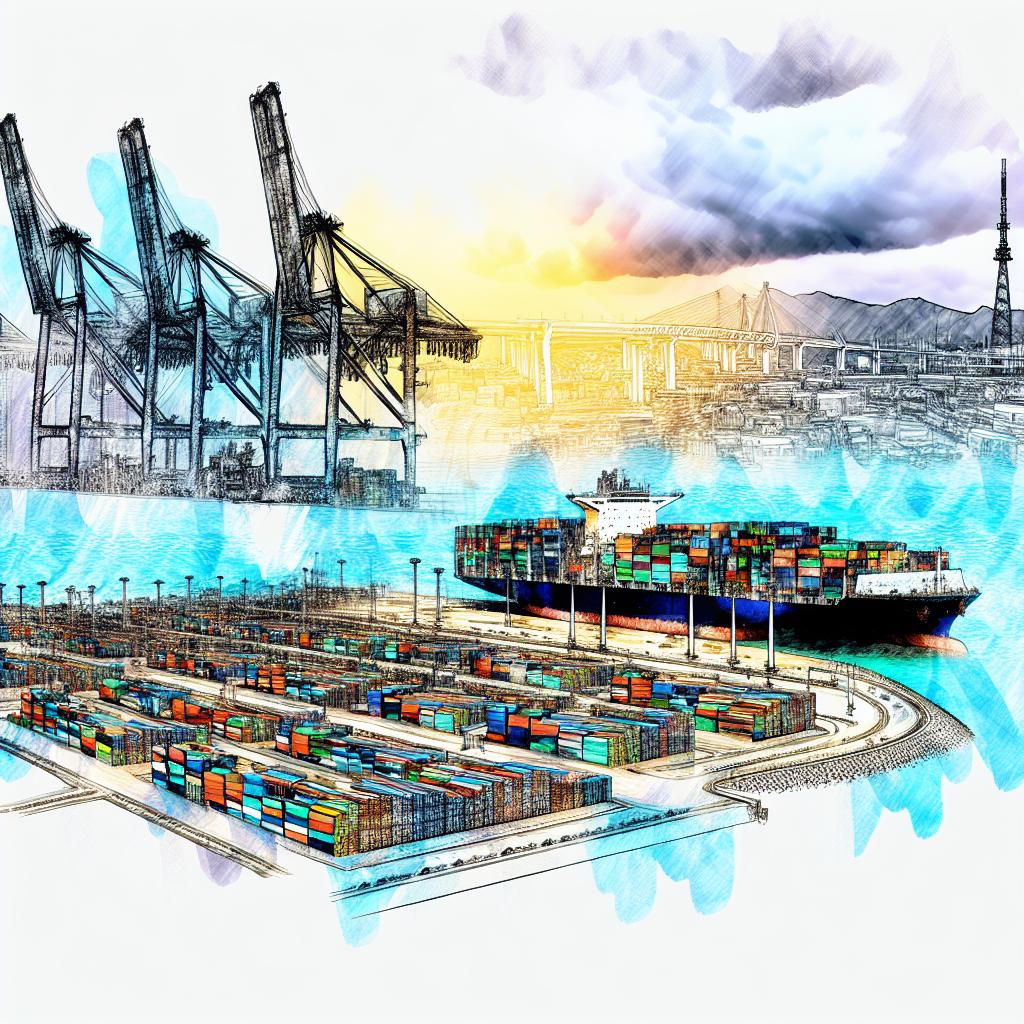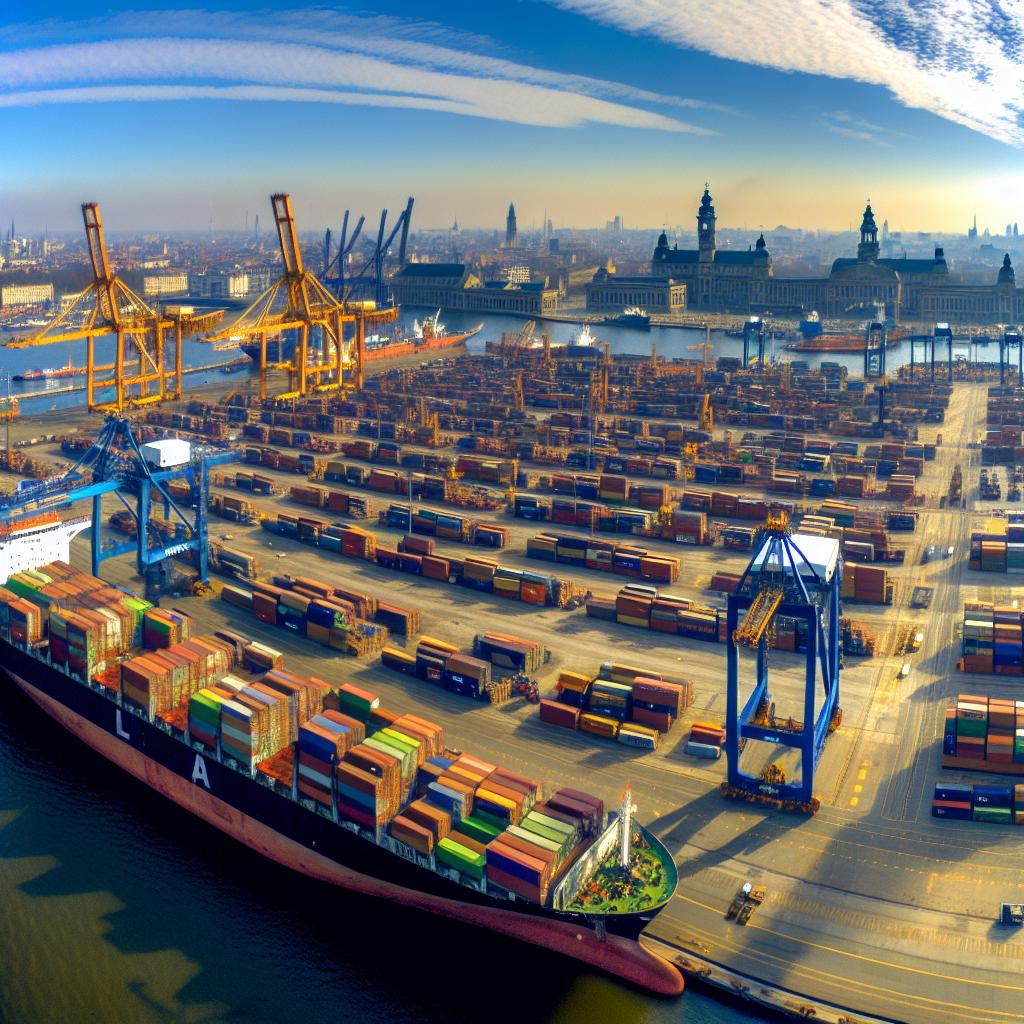The Strategic Position of the Port of Shanghai
The Port of Shanghai holds a pivotal position in global trade due to its strategic location at the Yangtze River’s mouth. Being the primary seaport in China’s bustling metropolis, it serves as a crucial gateway for both imports and exports. The port’s ideal geographical position connects it efficiently with major sea lanes, making it a vital node in international shipping.
Infrastructure and Capacity
The infrastructure of the Port of Shanghai is a significant factor contributing to its leading role in global trade. It boasts state-of-the-art facilities equipped to handle a vast array of cargo types. These facilities are designed to cater to a diverse clientele, offering services for container handling, bulk cargo, and general cargo. This versatility ensures that different shipping requirements are met with precision and efficiency.
The Port of Shanghai’s infrastructure includes several high-capacity terminals that make it possible to accommodate some of the world’s largest shipping vessels. This capability is crucial to its high capacity and operational efficiency. The terminals are equipped with the latest technology in cargo handling, which adds to the port’s capability to manage large volumes of goods seamlessly.
Furthermore, to maintain its leading position, continuous investment in infrastructure development and technological innovation is a priority. It aims to boost efficiency and expand capacity, ensuring the port continues to meet the increasing demands of international trade and commerce.
Cargo Handling Volume
The Port of Shanghai has consistently been recognized for its remarkable cargo handling volume, often ranked as the world’s busiest container port. It handles an enormous volume of containers annually, regularly exceeding tens of millions of TEUs (twenty-foot equivalent units). This metric is a clear testament to the port’s operational capacity and strategic importance.
Handling such a large volume of cargo requires a meticulous level of coordination and management efficiency. The systems and processes developed within the Port of Shanghai are continuously refined to cope with this demand, exemplifying the cutting-edge logistics at play. The port’s ability to process this volume effectively underscores its pivotal role not only in China’s economic activities but also in shaping global trade dynamics.
In addition, the port’s efficiency in cargo handling is a crucial contributory factor to cost-saving measures in shipping operations, reducing turnaround times for vessels and optimizing the supply chain processes for associated industries.
Economic Impact
The economic impact of the Port of Shanghai is both profound and far-reaching. The port functions as a massive driver of economic activity, influencing both the local economy in Shanghai and the wider economic landscape of China. It supports a vast network of industries, including manufacturing, logistics, and trade, highlighting its role as a central economic engine.
The employment opportunities generated by the Port of Shanghai are significant. From operational roles within the port to jobs in logistics and associated supply chain industries, the port’s influence extends across multiple sectors. These opportunities are vital for local economies, contributing to the socio-economic development of the region.
Moreover, the port’s capability to support extensive trade activities strengthens China’s position in the global economy. It acts as a critical point for imports and exports, thus enabling the country to maintain robust trade relations with partners across the globe. This, in turn, fosters global economic integration and development.
Global Trade Connectivity
One of the key factors behind the Port of Shanghai’s prominence is its extensive connections to major global trade routes. The port maintains trade links with numerous countries, facilitating the seamless movement of goods worldwide. This network of connections enhances the efficiency of international trade and bolsters the integration of the global economy.
The strategic trading links established through the Port of Shanghai allow for an expansive market reach, making the port indispensable to businesses aiming for international markets. The port’s capacity to connect with various parts of the world ensures that it remains a cornerstone of trade activities, enabling the smooth transfer of goods across continents.
Such connectivity has positioned the Port of Shanghai as a critical component in global supply chains. Businesses rely on the port’s efficiency and capacity to manage large-scale shipments, facilitating their access to international markets and promoting the exchange of goods on a global scale.
In conclusion, the strategic location, advanced infrastructure, and extensive global connectivity of the Port of Shanghai render it an integral component of the global trade framework. Its influence is profound across various sectors, emphasizing its role as a lynchpin in facilitating and sustaining economic activities on an international scale. The port’s continuous evolution and its contribution to both local and global economies highlight its enduring significance in the maritime industry.




